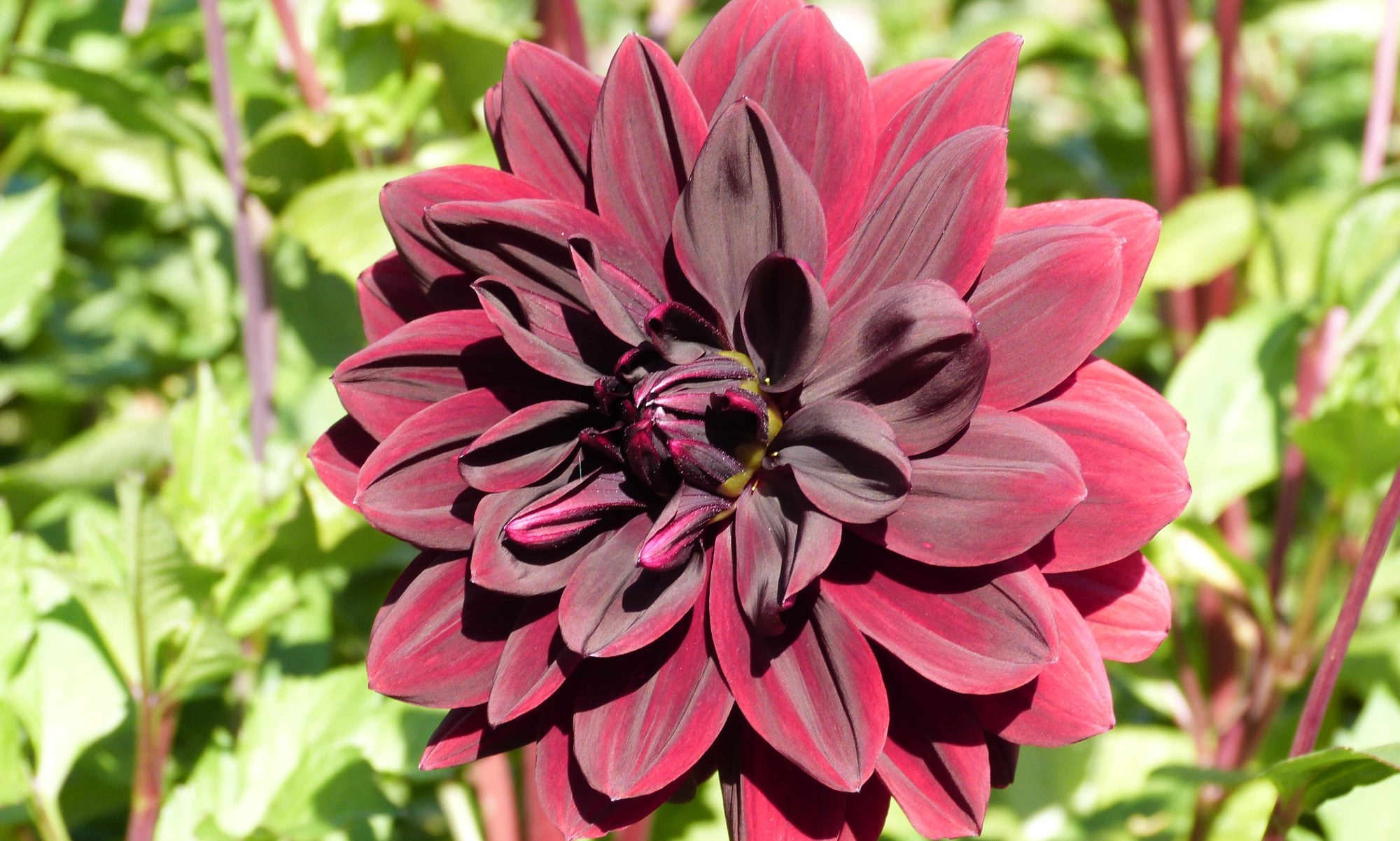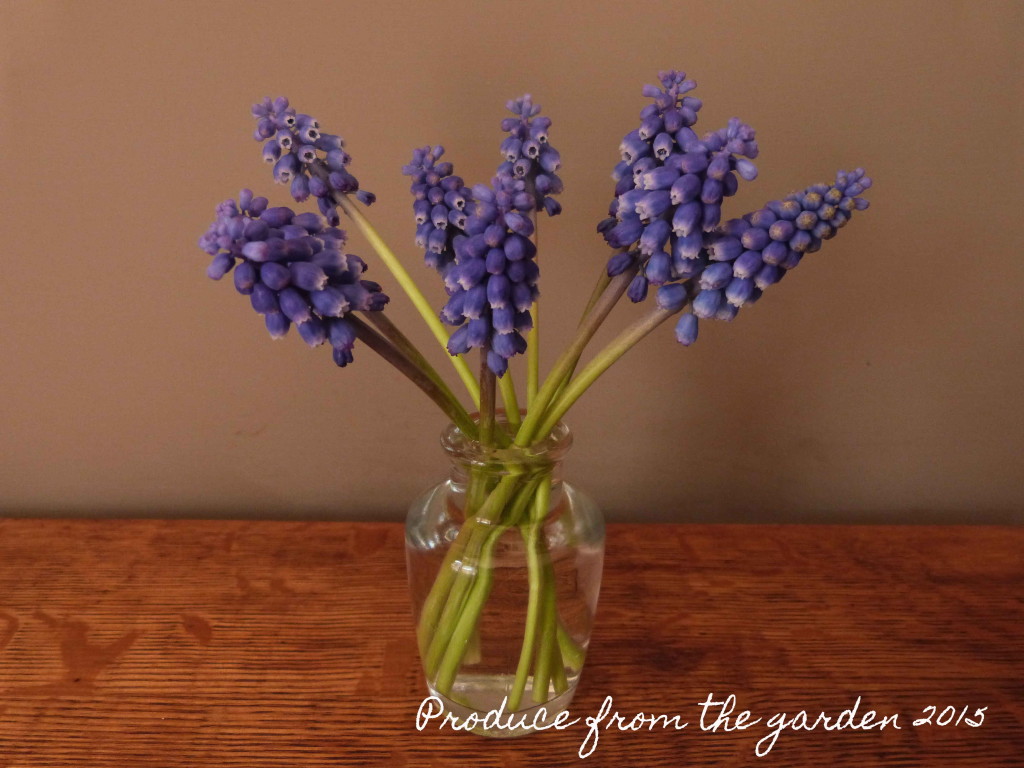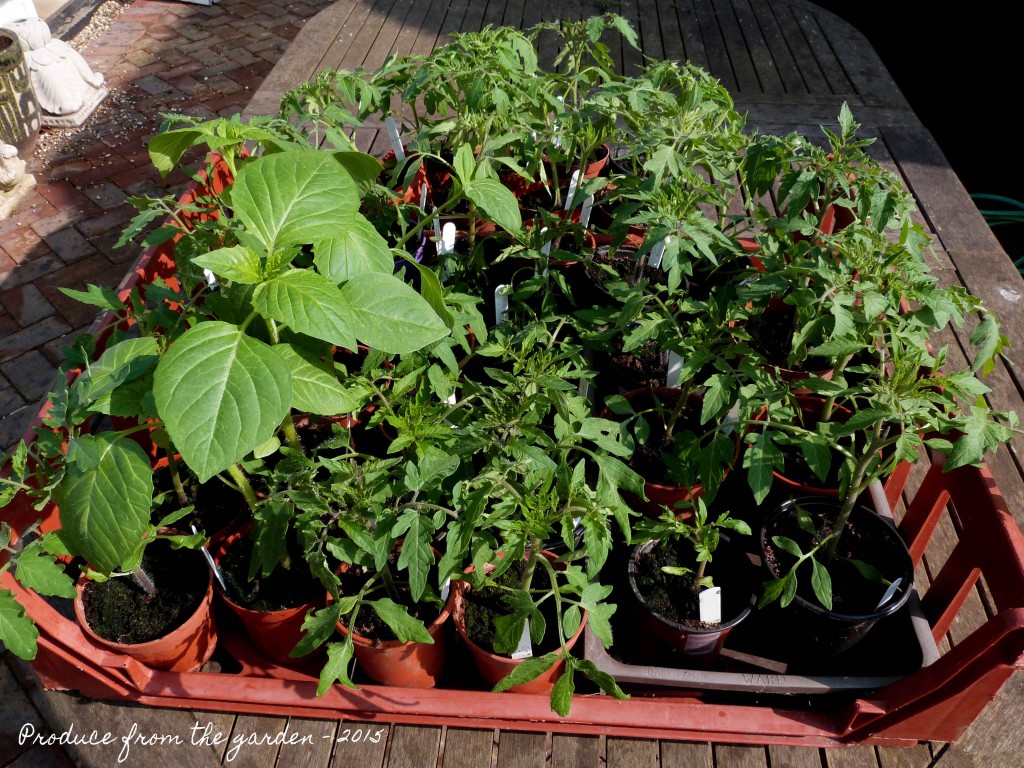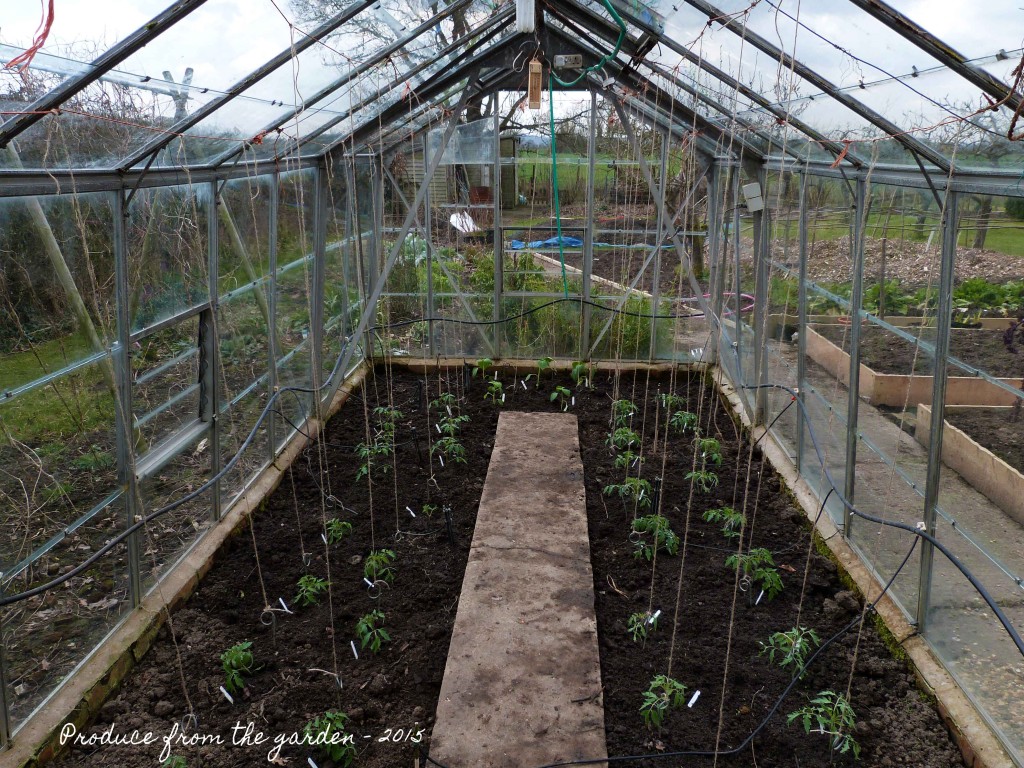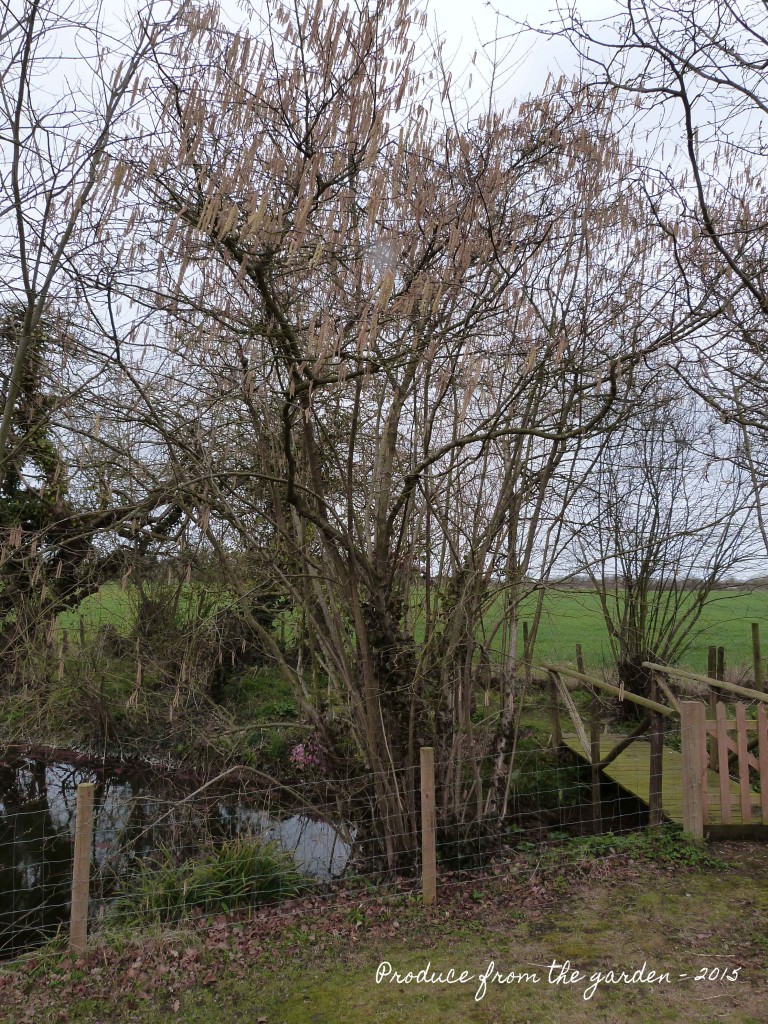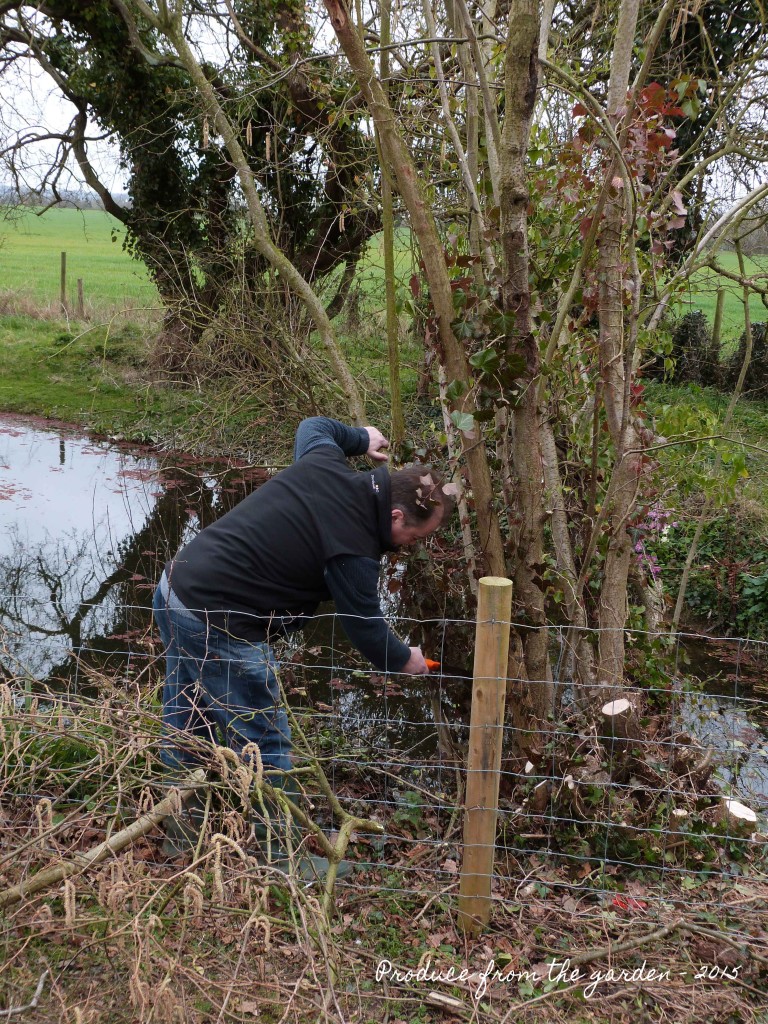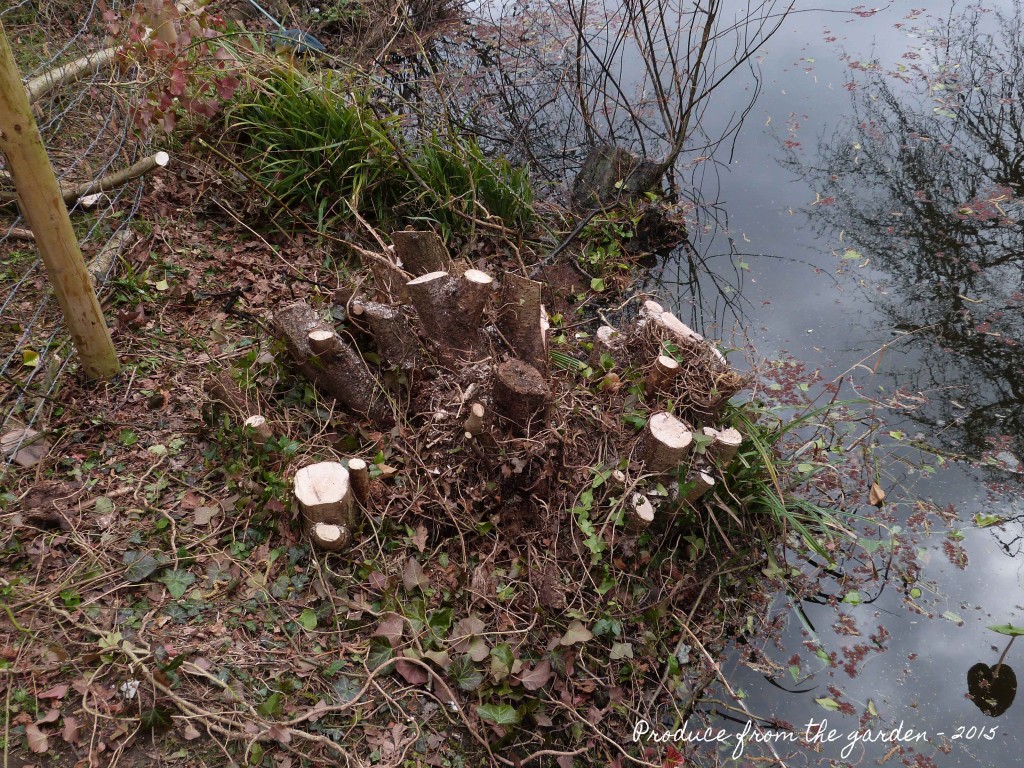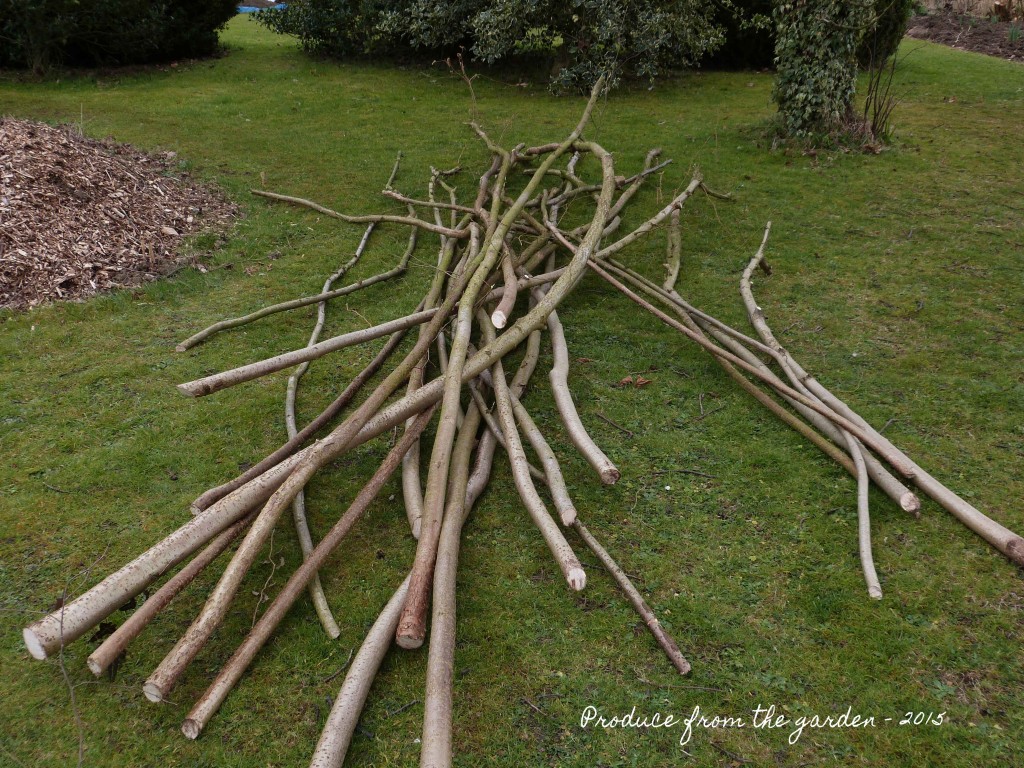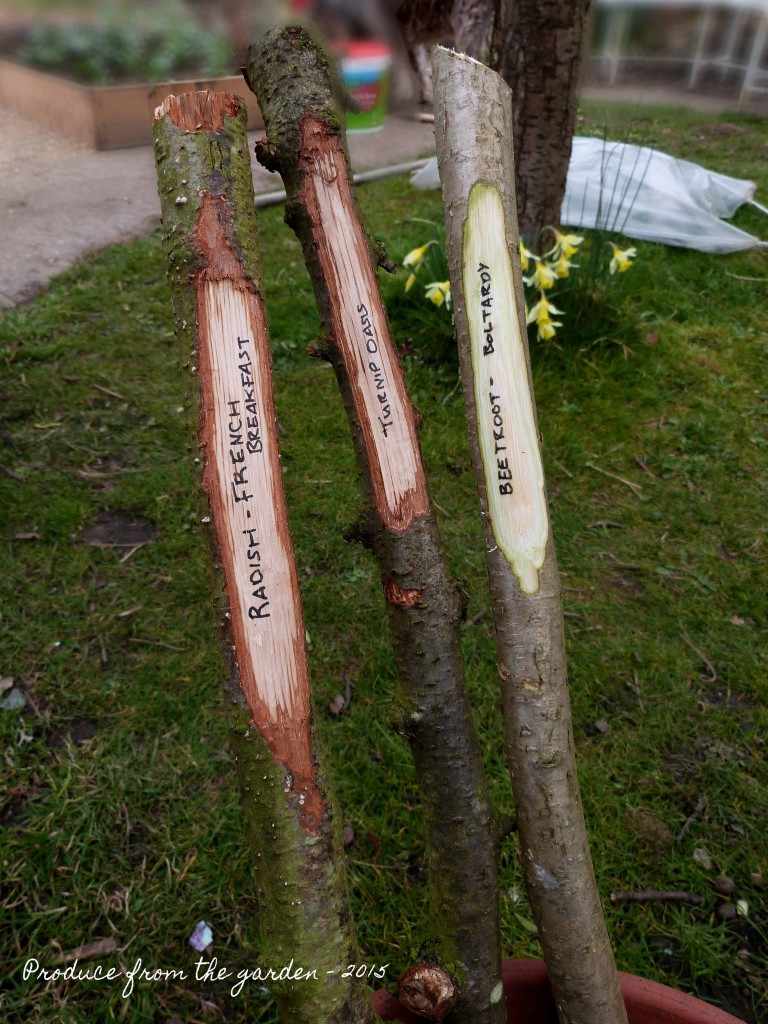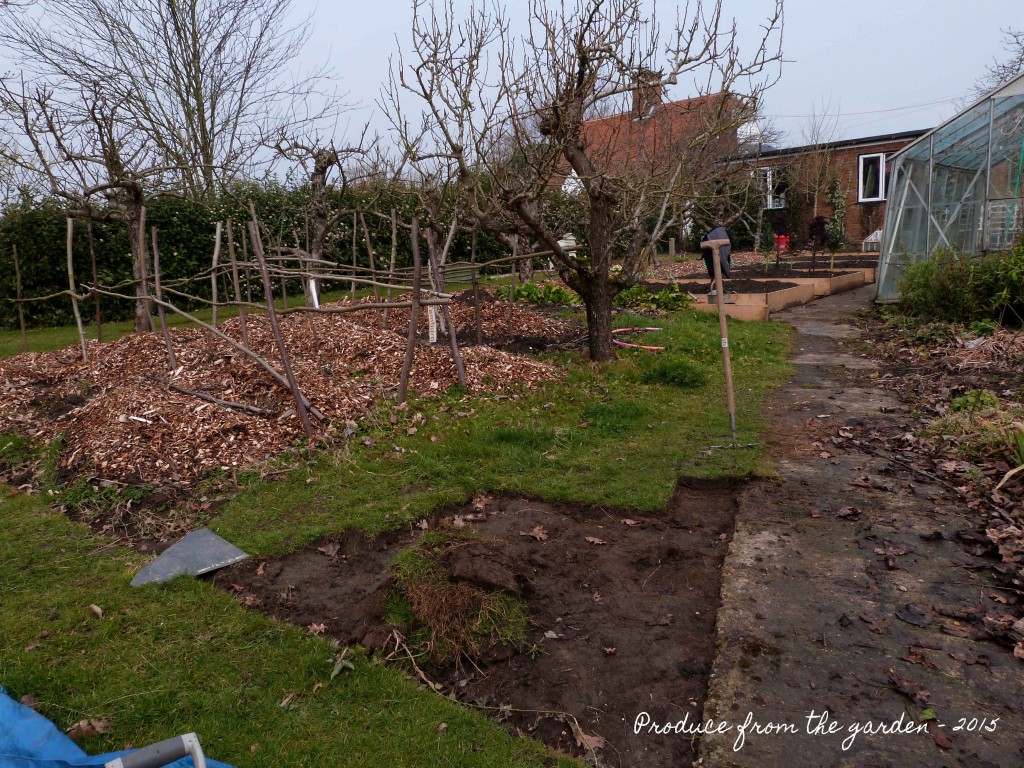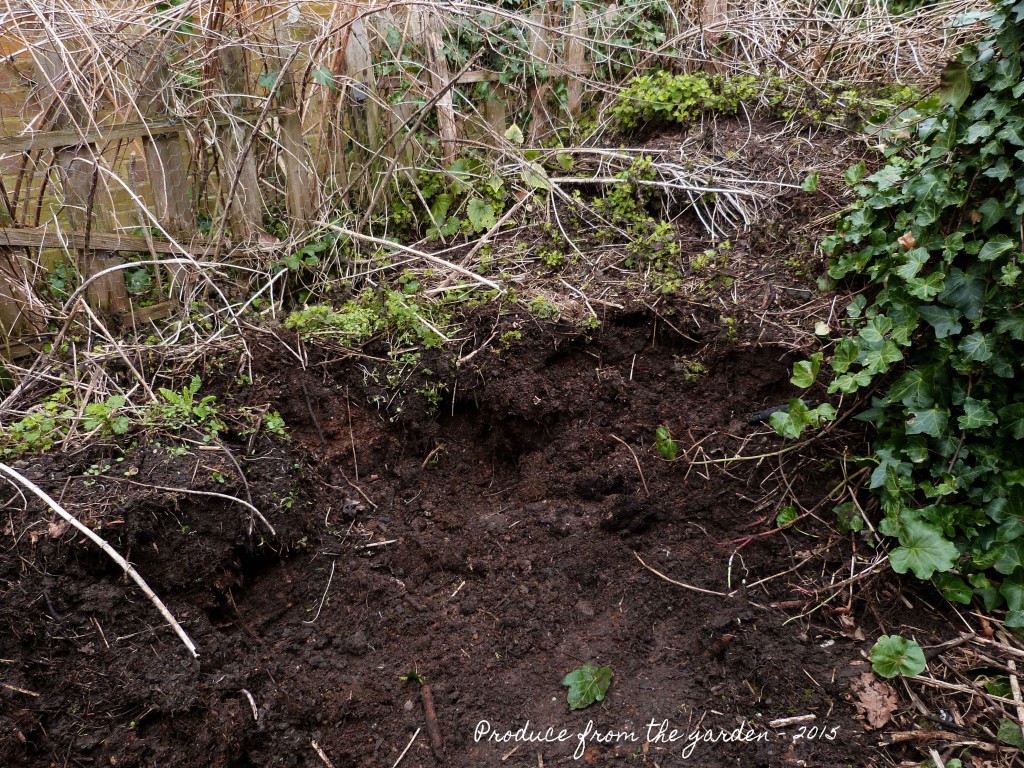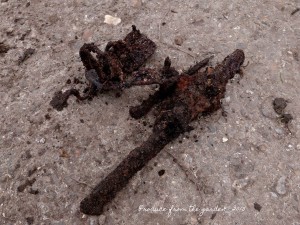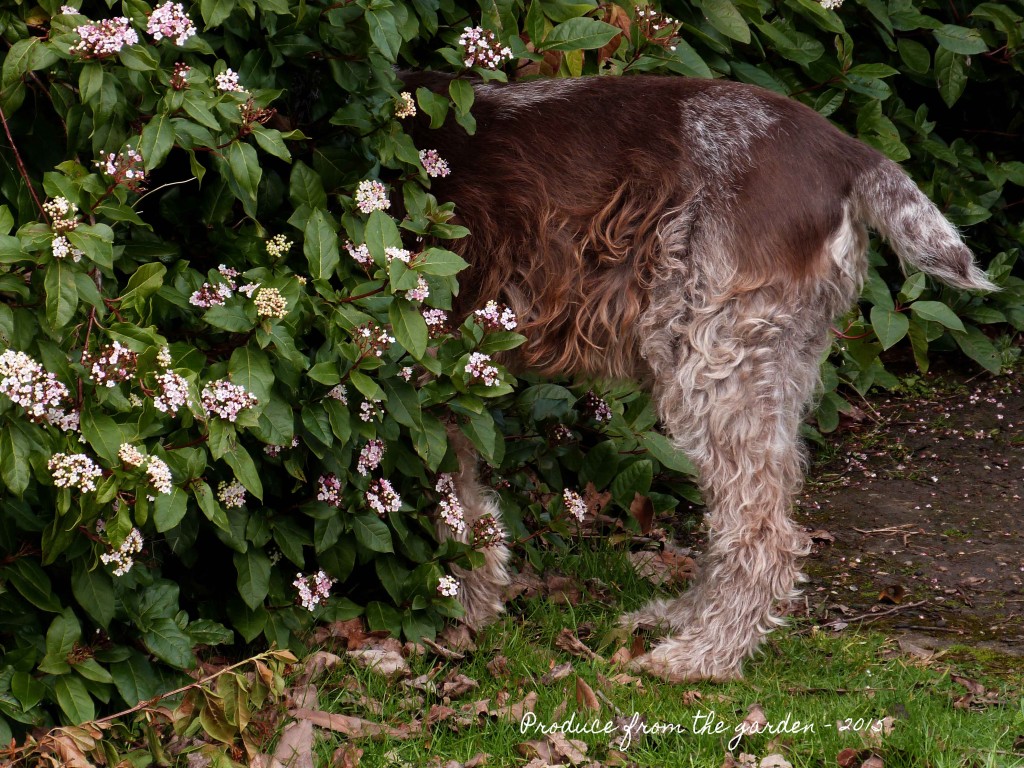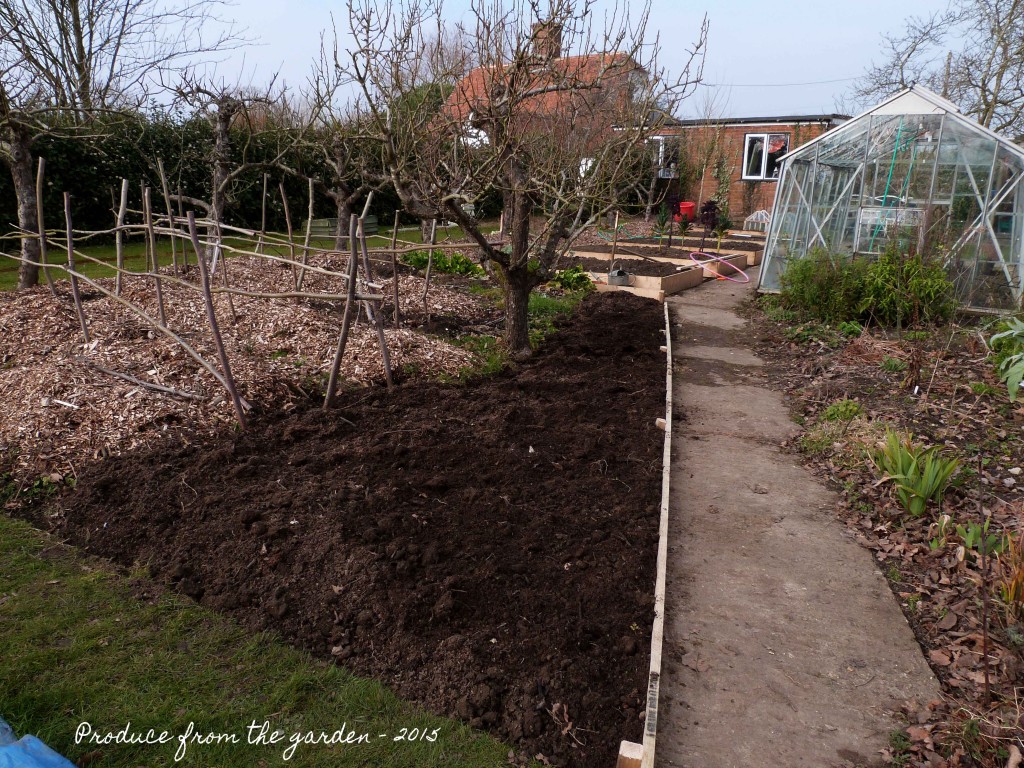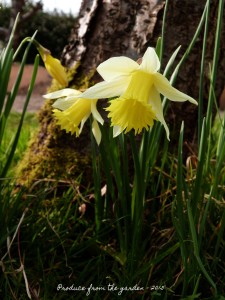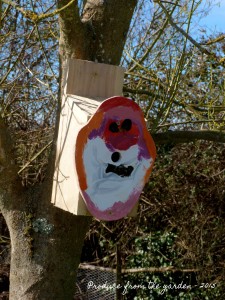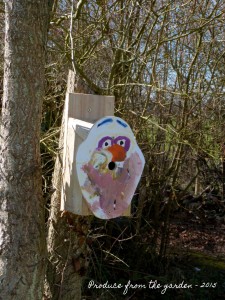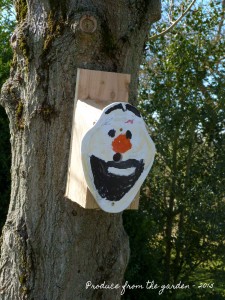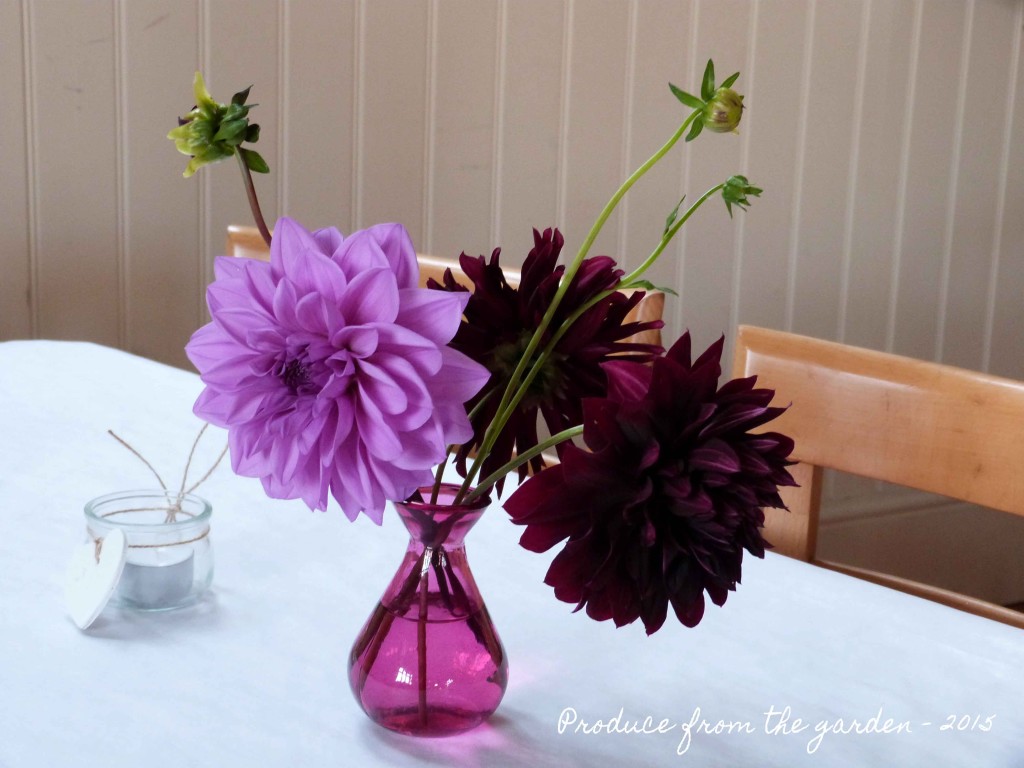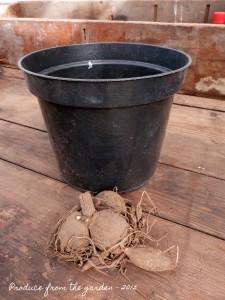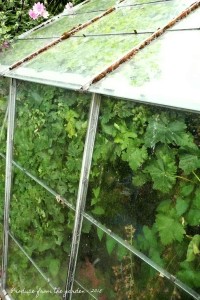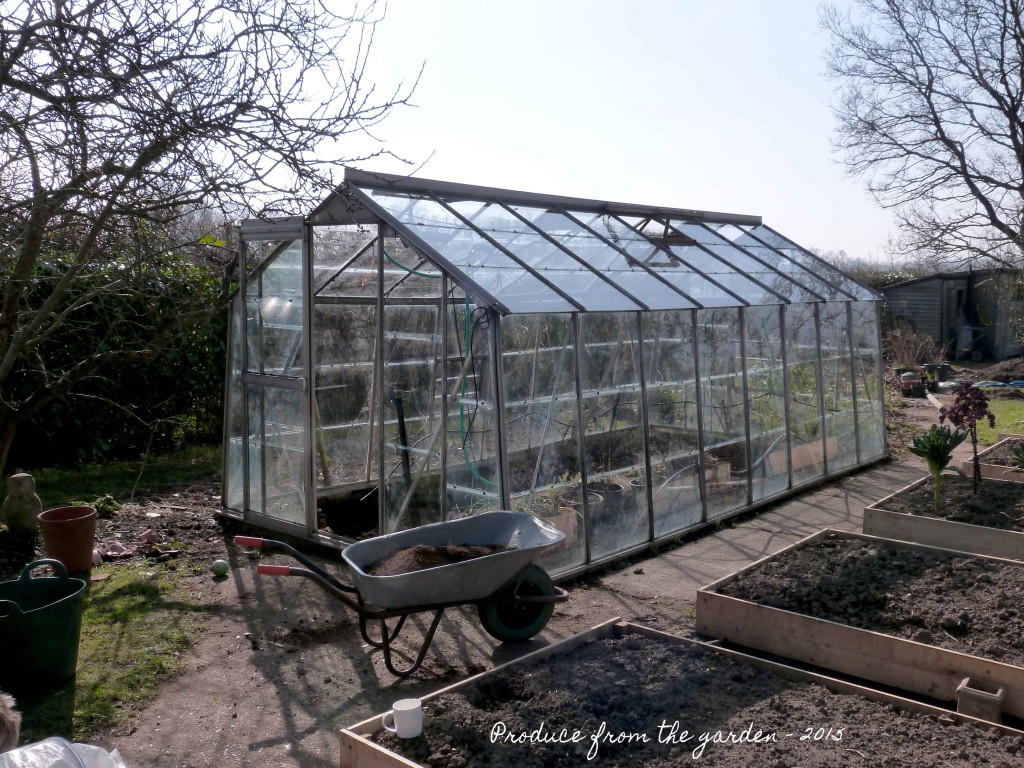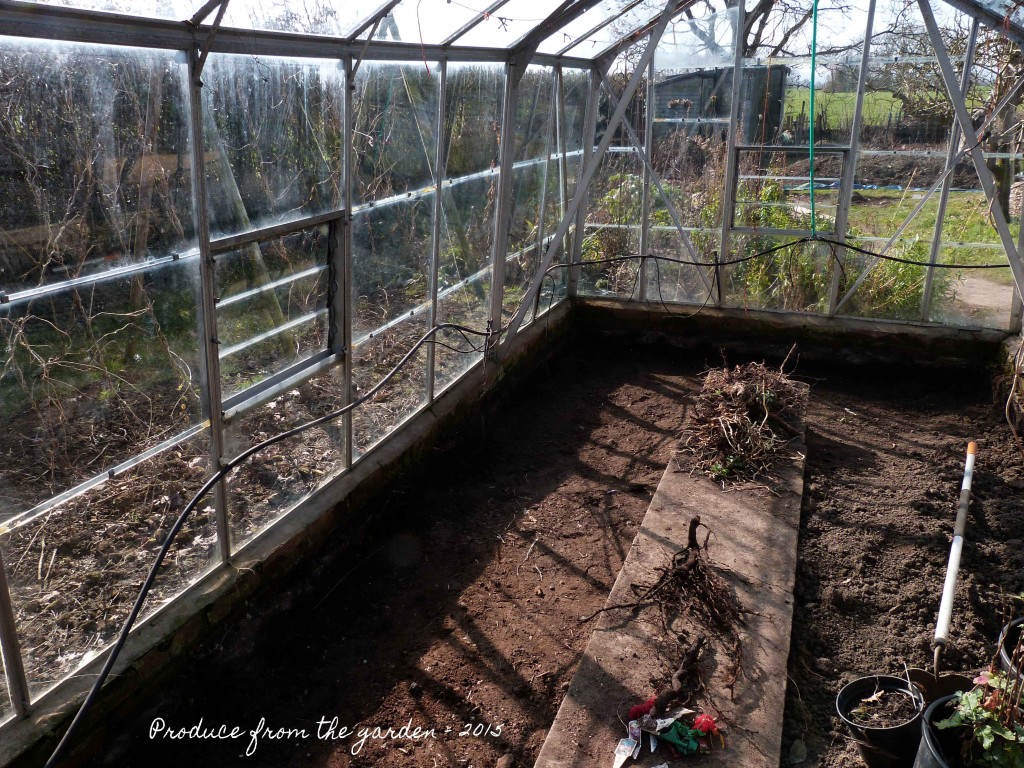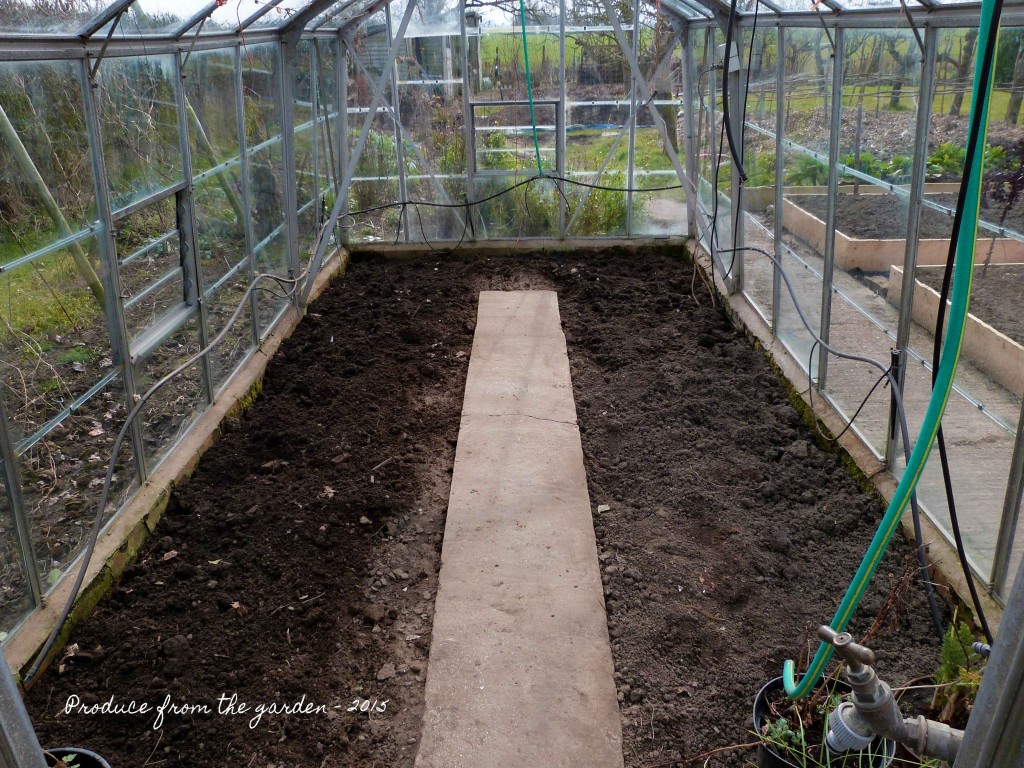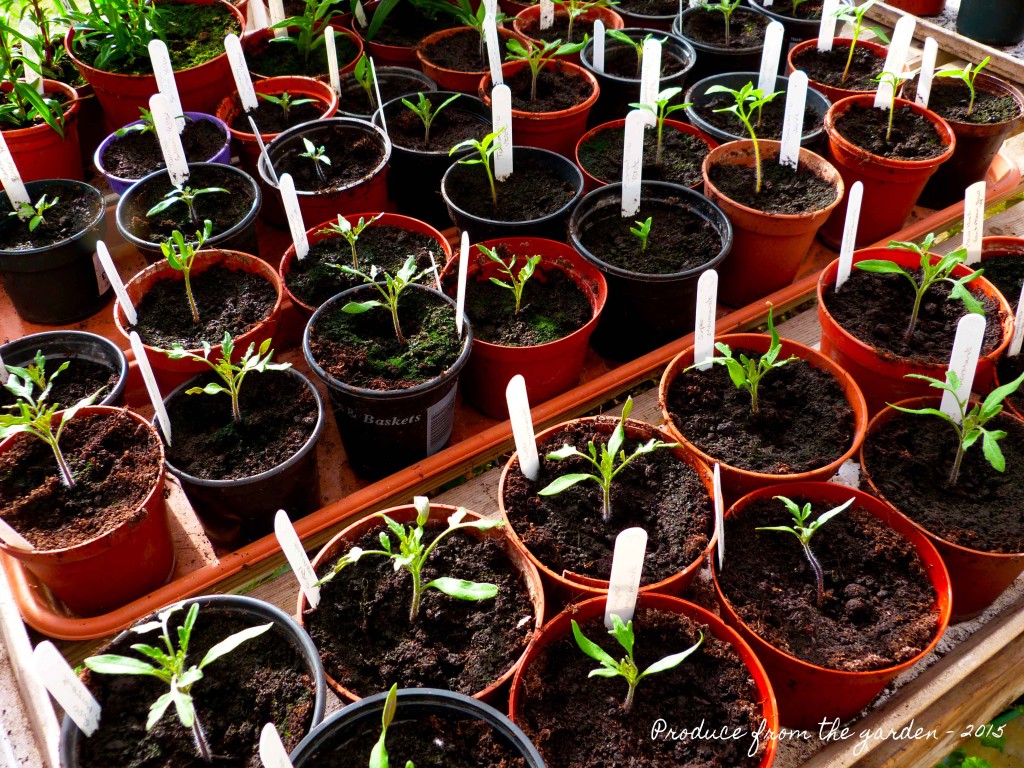Seed sowing and potting on occurs in my conservatory attached to the house, a luxury as I can just nip in, sow a few seeds, water, or just check on progress, when I have a moment. My seedlings get far greater care and the resulting plants are stronger than when I used to trek to the greenhouse. My guilty pleasure is sitting at the potting table in my pyjamas on a Sunday morning!
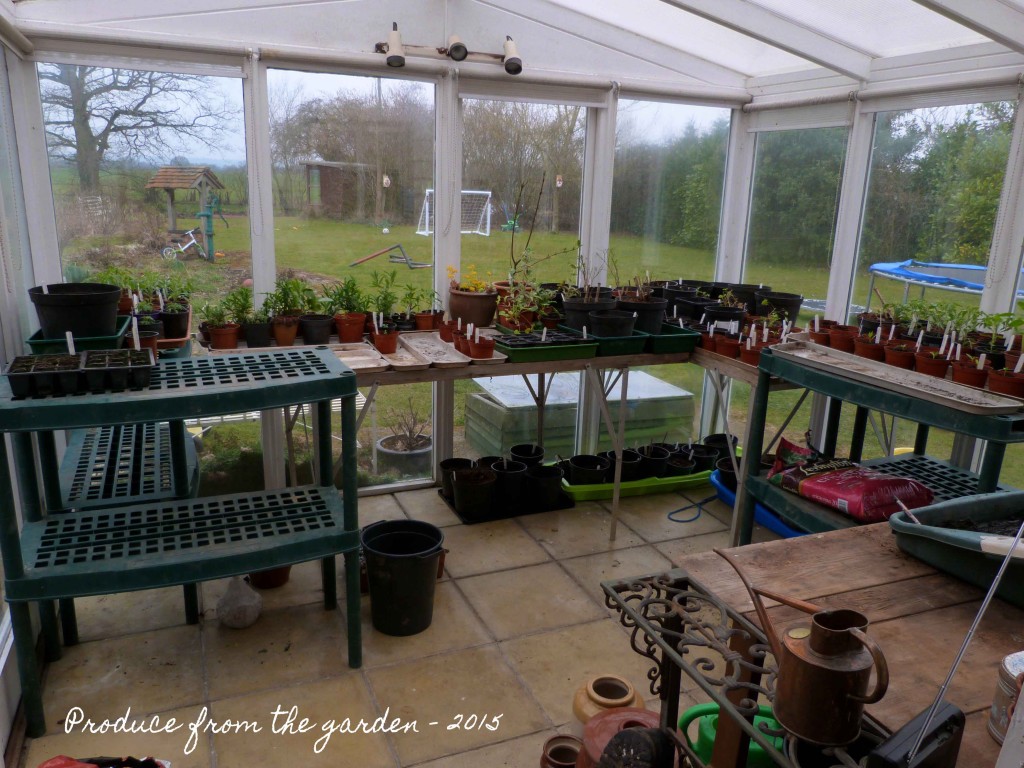 Conservatory, home to seedlings and precious plants
Conservatory, home to seedlings and precious plants
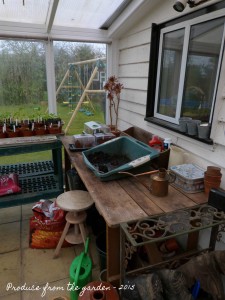 My potting table
My potting table
In February I lay out all my old and new seed packets. The feeling takes me back to being a child, the excited anticipation of playing with a new toy. I then select the ‘must haves’ and ‘maybes’ (sadly, time and space prevent me from sowing them all). However, the ‘maybes’ always seem to become ‘must haves’! Over the years I have learnt a few techniques to compensate for this.
- Unless you are a nursery, NEVER sow your seeds in a A4/A5 sized seed tray. You’ll end up using an excessive amount of seeds, hundreds of seedlings will appear, you’ll end up potting on far more than you need, taking up valuable space. Then you go through the tough bit, having to discard the superfluous seedlings on the compost heap. The SOLUTION, use a small plant pot and sow twice the number of seeds that you want. So if I want 8 cosmos plants I’ll sow 16 seeds, a few won’t germinate, a few plants will be given to friends and family and you’ll end up planting up 10 or so plants in the garden.
- Pop your sown plant pots in a propagator. It really aids and speeds up germination, some seeds will be up in days. This all helps with the time pressure.
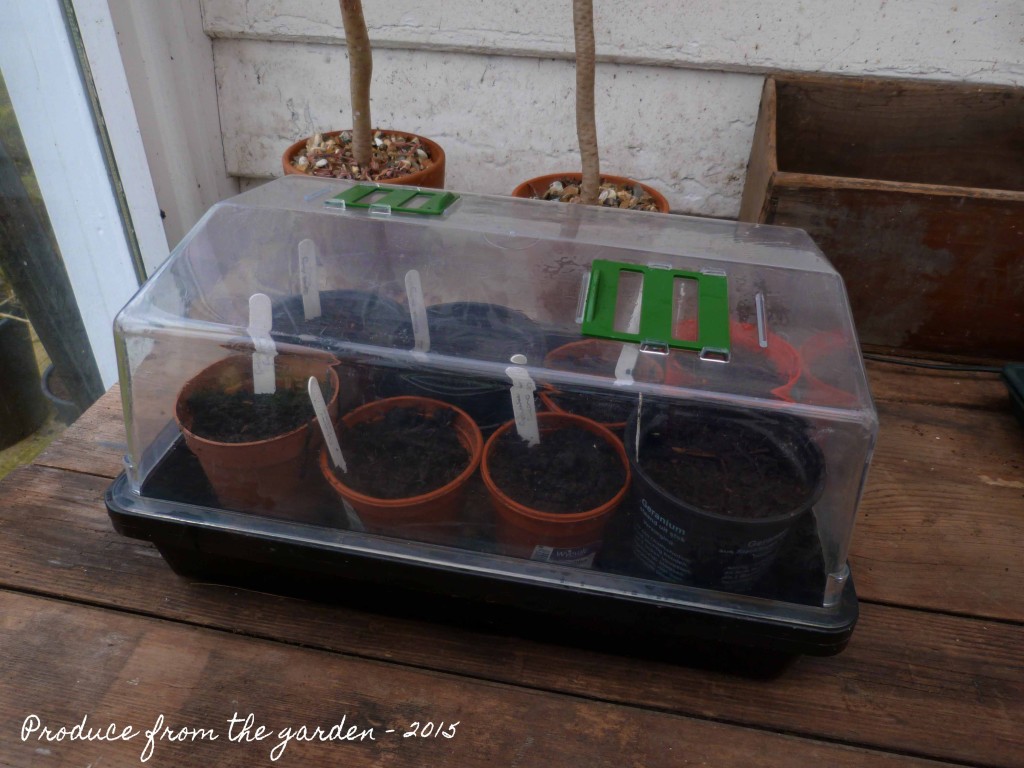 The propagator
The propagator
- Be ready to pot on your seedlings when leaves 3 & 4 the ‘true’ leaves start to form. This happens quite quickly and space is needed for the baby plants to thrive. A chopstick is essential equipment; firstly use it to make a hole in potted compost, ready for the seedling to be transferred into it. Then tip all the seedlings out of their original pot, hold onto their cotyledons (first leaves)and prise the seedlings apart with the chopstick, then dropping them into their new hole. Lightly firm in. Then all that’s required is watering until they’re ready to go out.
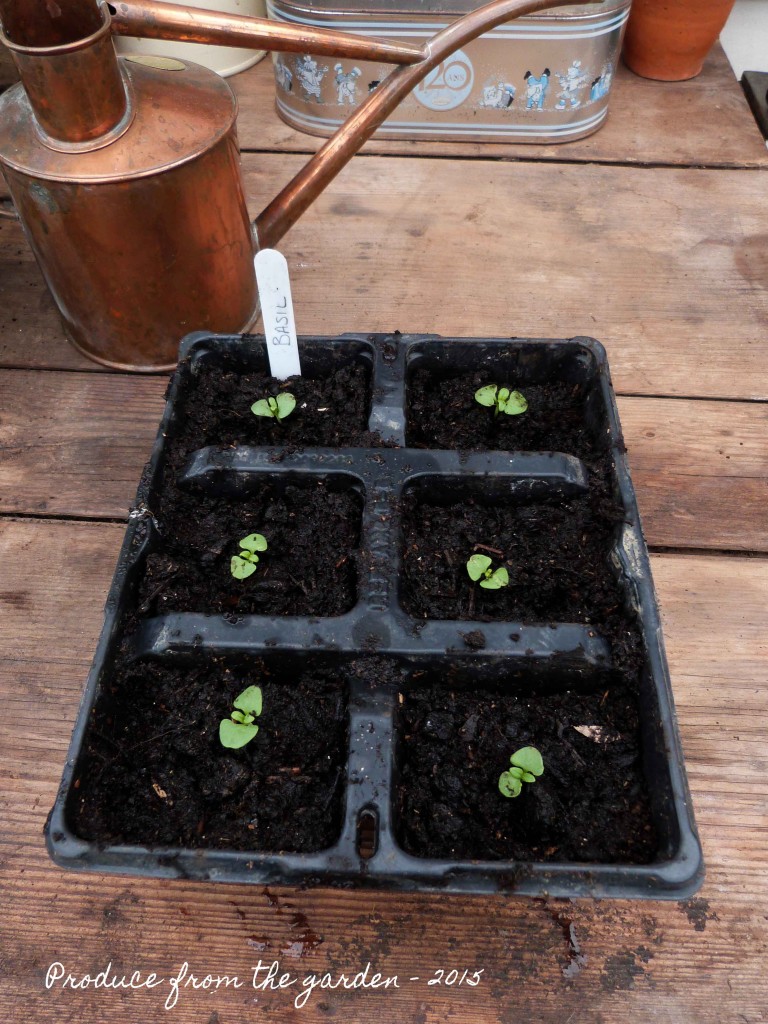 Basil seedlings
Basil seedlings
If you’re interested my final (I promise myself) 2015 seed list is below. It’s split into veg, cut flowers and RHS seeds (although I’ve been a member for more than 15 years, this is the first time I’ve taken advantage of their seed offers to members). Some seeds will be direct sown helping with the space issue! More on what I’m growing in future posts.
Veg Seeds
Beetroot Boltardy Courgette Atena Polka
Courgette All Green Bush Courgette Early Gem F1
Courgette San Pasquale Cucumber Cucino F1
Winter Squash Butternut Halloween pumpkin
Onion Long red Florence Carrots
Chilli Ceyenne Chilli Ring of Fire
Chilli Serano Radish French Breakfast
Tomatillo Verde Tomato Gardener’s Delight
Tomato Sungold F1 Tomato Black Krim
Tomato Super Marmande Tomato Balconi yellow
Tomato Money maker Dwarf French Bean Annabel
Dwarf French Bean Safari Runner Bean Enorma
Broadbean Imperial green long Broadbean Aquadulce Claudia
Borlotti Bean Mangetout
Broccoli red arrow Turnip
Swede Kale – Cavolo Nero
Kale – Redbor Perpetual Spinach
Mizuna Rocket
Large Lettuce Salad bowl red
Lettuce ‘Reine de glace Garlic
Thai Basil Basil
Dill Flat leaf Parsley
Cut Flower Seeds
Antirrhinum White Admiral F1 Sunflower Earth Walker
Sunflower Red Sun Sweet William Auricula Eyed Mixed
Cosmos Purity Cosmos Rubenia
White foxglove Wall flower Vulcan
Viola Bowles Black Sweet william seed
Larkspar Dark Blue Bupleurum Rotundifolium
Bells of Ireland Nigella white and pink and blue
Tithonia Ammi
Zinnia Envy Calendula Indian prince
Malope Black ball cornflower
RHS Seeds
Stchys Officinalis fritillaria meleagris
Gladiolus italicus Meconopsis napaulensis
Pulsatilla Vulgaris Allium Cristophii
Silene laciniata subsp. Greggii primula sieboldii
Thalictrum delavayi camassia leichtlinii
agapanthus mixed crocus tommasinianus
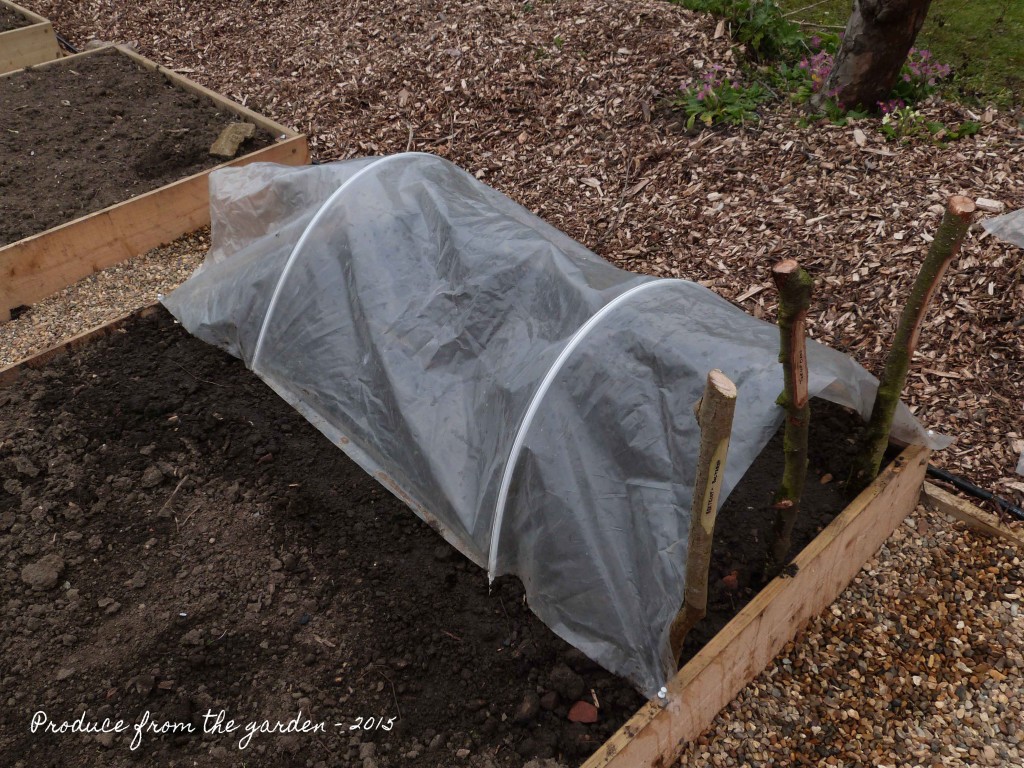 The Beetroot, Radish and Turnip directly sown, under a cloche
The Beetroot, Radish and Turnip directly sown, under a cloche